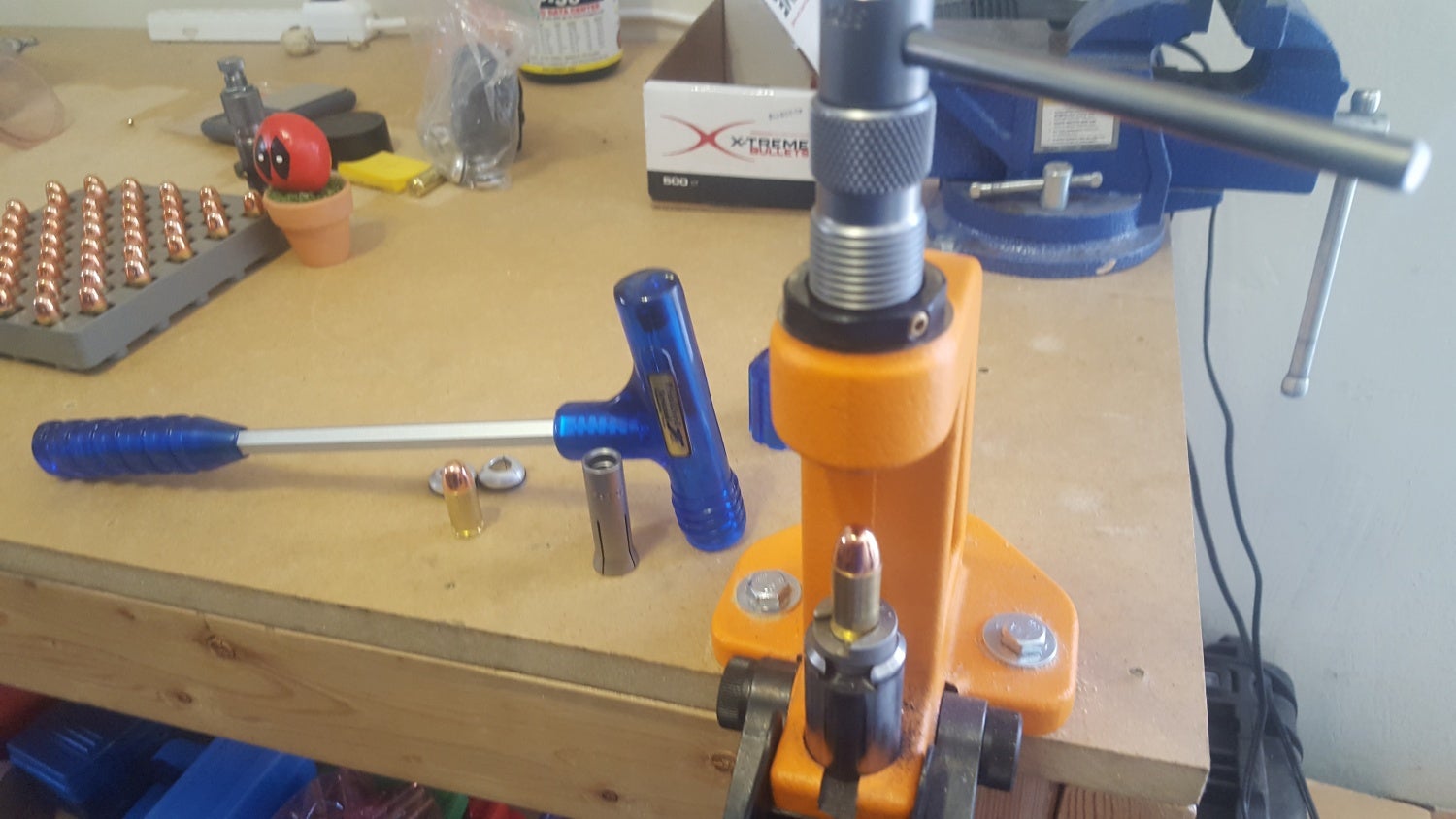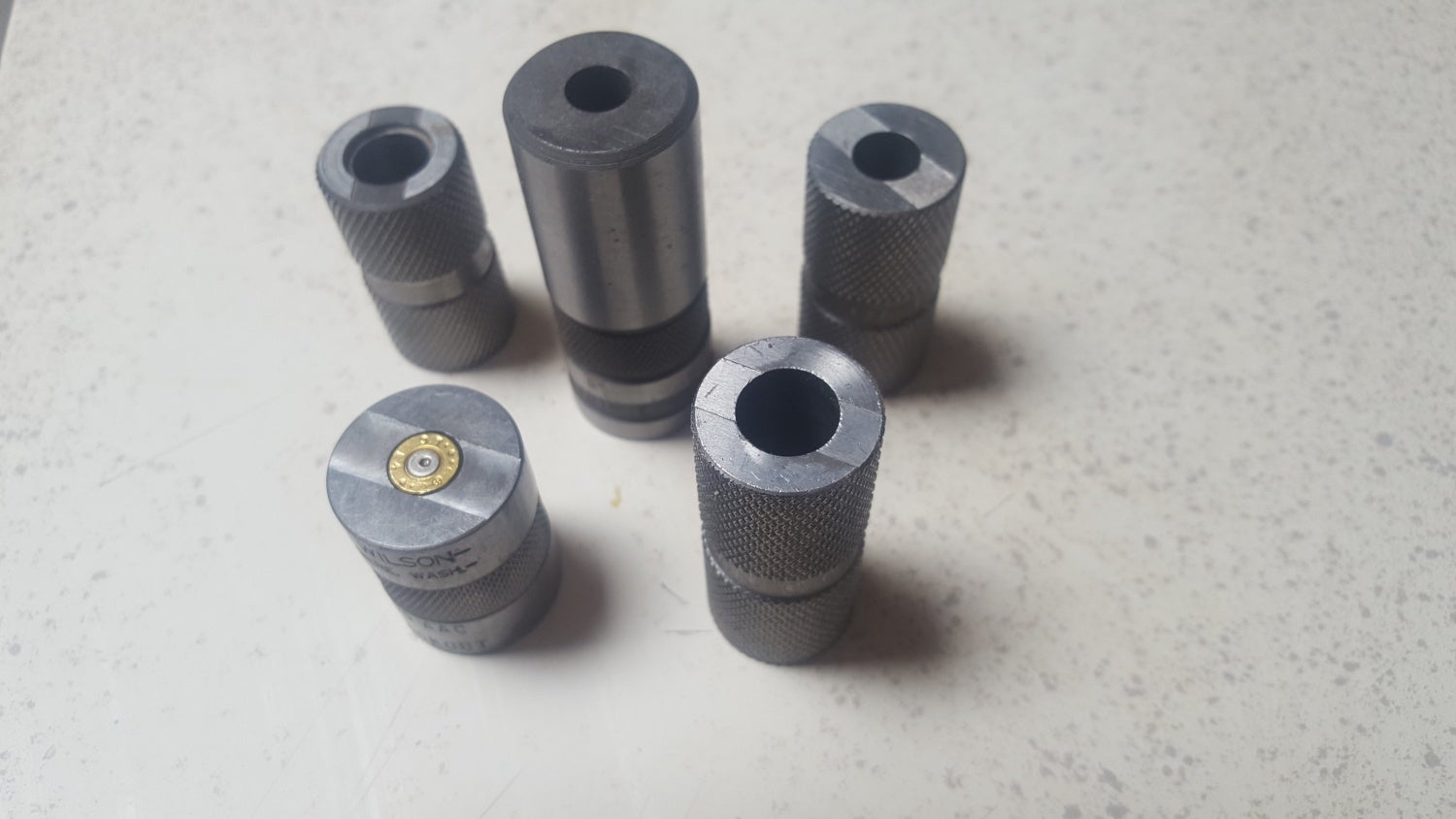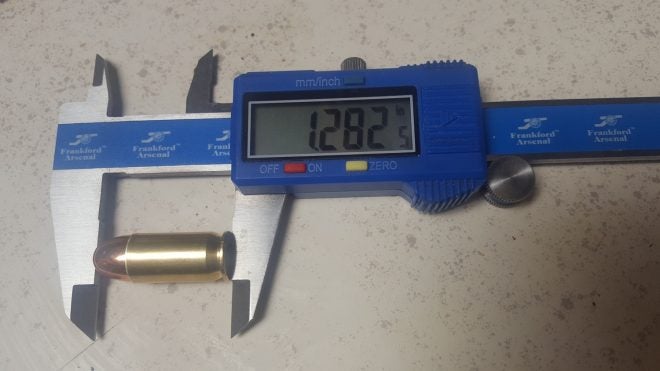Welcome to Part 4 of TFB and LYMANS series on reloading for the beginner. If you missed Parts 1 through 3, you can find them here:
- https://www.thefirearmblog.com/blog/2018/05/31/beginners-guide-to-reloading-part-1/
- https://www.thefirearmblog.com/blog/2018/06/13/beginners-guide-to-reloading-part-2-inspection-cleaning-and-resizing/
- https://www.thefirearmblog.com/blog/2018/06/20/part-3-reloading-repriming-expanding-and-powder/
At the end of Part 1, I list all of the components you should need to get started.
We are in part four and still have a few more topics to cover. If you, our beloved readers, think I need to discuss something in depth please let us know in the comments or an email. I know Tom and Pete read all your emails, so feel free (Editor’s Note: Mike lies; we only look at the ones with pictures).
Seating our Freedom Seed
Finally, we play with our freedom seed (a.k.a. the bullet). When setting up our seating die we need to be aware of the die placement. If the case is pressed too far into most dies, it will be crimped. Crimping will pinch the top of the case around the bullet, giving it a tighter and watertight seal. This is really not necessary for simple plinking. A crimp can change pressures a bit. It’s not dangerous and many people do it. I do not crimp any of my pistol loads. For the sake of simplicity, we will not put a crimp on these rounds today. (Yes, there is a lot more to crimping, maybe later, in a different article we can go over this)

How a bullet should fit prior to seating
To set up the die, go ahead and put an empty case in the press and raise it all the way up. Now screw in the die until you feel it touching the case and stop. Going further will give you that crimp. From that position tighten down the lock ring. Now we loosen the set screw a couple turns. Put an expanded case (loaded with powder) with a bullet on the top and raise it into the die. We screw the set screw down until we feel it touch the bullet. Give it a half a turn, then remove the round and measure the OVERALL length of the bullet. Keep adjusting until you have the desired bullet depth.
How far we insert the bullet is seating depth. The seating depth affects the overall length. We refer to this as “COAL” (Cartridge OverAll Length). The deeper we seat the bullet, the less overall length we have. You will find your wanted COAL in your load data. Once the depth is set where you want it, you can start cranking out rounds. You’ve officially reloaded. Congrats!
PEW
Now go to the range. It is normal to be a little apprehensive firing your first reloads. The learning curve starts when you pull the trigger and only get a click. Eject the round and secure the firearm and (again) inspect the round. Failure to feed (FTF)? Was it completely resized? Was the seating depth correct? Fed successfully but did not fire? Was there a primer strike? Go CSI on that round and mentally piece together why you did not get that beautiful sound of freedom. It is likely something very simple and obvious.

My sig is begging to spread some freedom
OH SH%$
“Dude, I just totally jacked that up. What do I do?”
Not sure of the load? Over seating? As long as the case is intact, have no fear. We can easily and safely pull the bullet. The two primary bullet pullers are the kinetic (hammer type) and collet. The kinetic puller is basically putting the bullet in a simple hammer type head and striking the table with it. The inertia will slowly pull the bullet; it is safe so do not worry. Persistent solid hits work, not bashing the crap out of it. (I broke my first hammer doing that).
The collet type is my preferred. It is a die with a collet in the bottom (think clamp). You raise the bullet in the press into the die, tightened it around the bullet, the simply lower the press and the casing and bullet separate.

The inertia puller on the left, a collet puller in the press
Recording
Keep a record every time you reload. At a minimum, you should include bullet type and weight, powder charge, and the number of rounds reloaded. I also keep a record of the results. Down the road of your reloading adventure, this will also be a record of what each firearm shoots well. For instance, my 1911 prefers a heavier bullet than my Glock. My Sig loves fast loads. This will be valuable data for when you go back to reload a cartridge you have not loaded in a long time.
Case Gauge
Since we will be going into rifle rounds next week I wanted to discuss case gauges. For almost every round I load I have a case gauge. (though I have not found case gauge for my 280 Ackley Improved). It is basically a gauge cut to the same dimensions of your chamber. If it fits in the gauge (correctly) it will chamber. Not really necessary for common pistol calibers (but helpful), I encourage a case gauge for every rifle round you reload.

A case gauge will easily make multiple measurements to make sure a case will chamber correctly
Closing
I was sent a link to an excellent article on problem-solving a failure to feed (FTF) on reloads. I highly recommend this to all. http://www.massreloading.com/wontchamber.html (A quick thanks to Fire Capt B. for the tip).
If you are going to start, or just now starting please read the comments. We have some experienced reloaders who have been bringing up really good points. You, beginners, chime in too!
Lyman has been a great partner with TFB and I thank them for their willingness to help us with this series. I have been wanting to delve into casting bullets. You guys have any interest? Next week we will discuss making the jump to rifle loads. Get ready for a lot of case prep
 Your Privacy Choices
Your Privacy Choices
